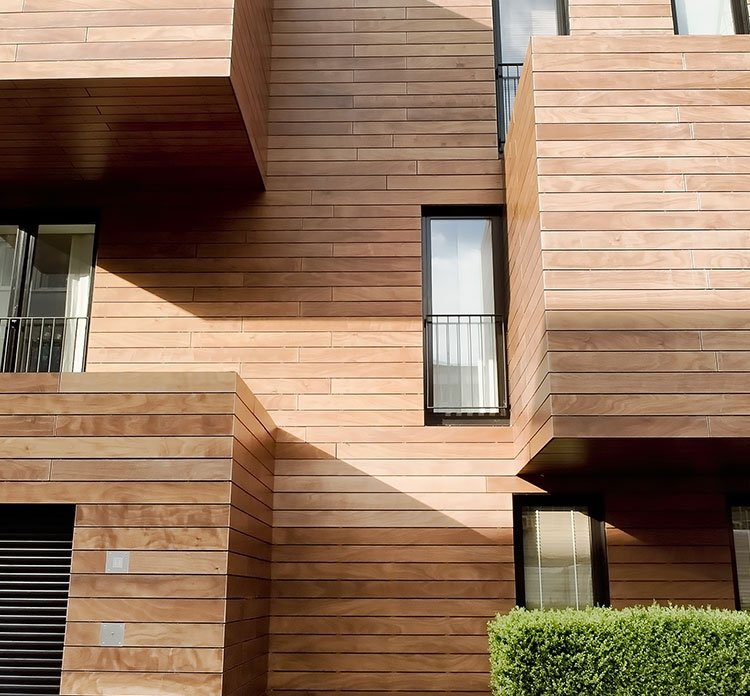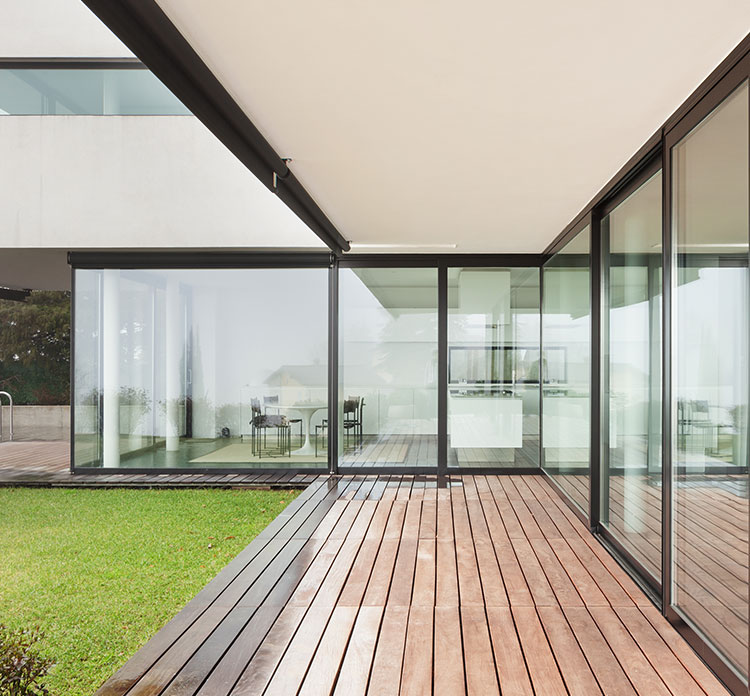3.6 Permits and Approval
- Home
- Our Services
- 3.6 Permits and Approval
All Kinds of Buildings in Schematic or Working Design
Successful experience with filing for construction permits and receiving approvals with local municipalities helps clients effectively move projects through the complete life cycle of their project. Even if your project is located in a jurisdiction where we have not yet worked with your building department you can be assured through our professional business practices your project will be expedited as all others are. The design team studies and evaluates all of our clients existing conditions and potential effects to support the project preparation for permitting applications. We have developed proven approaches to complete the permitting process efficiently without compromise.
A licensed professional engineer or registered architect must develop the construction plans to obtain a permit if major alterations or additions are being performed. A building department plan examiner will review the plans for any legal or zoning objections. When all objections are satisfied, the building department approves the application.
Permits are the way the local municipality regulates construction. This is designed to ensure that all construction being built in their jurisdiction is safe. It is the safety of the building occupants that is the primary reason for having construction codes. In addition to the local building codes, there are also federal and state laws that govern construction, such as those covering energy conservation.
A construction permit is needed for all new construction. In many cases, a permit is needed for renovation or replacement of existing fixtures, such as replacing windows. A plumbing, electrical or mechanical permit may also be needed for any addition or changes to a building’s existing system; for example, moving or adding an electrical outlet which requires a permit. Depending on the type of construction being proposed (structural, plumbing, mechanical, electrical, or a combination) there are several different types of permits which may need to be filed. Most individual residential projects require a combination of permits.
Obtaining the permit is just the first step in the process. Obtaining a professional survey and making a plot plan for the property showing the proposed improvements and identifying the type of construction that will be used may also be required. Once the local building department approves the construction documents the contractor will be required to build the project to those plans. If any changes are made to the plans, they must be made with the departments approval. The second half of the process is the inspection of the work that occurs at milestone dates throughout the construction phase of the project.
While some clients may not think it is beneficial to go through the permitting phase and obtain a construction permit they need to consider the purpose of the permit. The permits are issued to ensure professionals with adequate training have overseen the development of the plans. Furthermore, it is during the periodic inspections held throughout the construction phase where trained and qualified inspectors review the installation of building components such structural framing, electrical, plumbing, and mechanical equipment. This gives the client the peace of mind that the work installed is safe and meets the current building codes which have been developed to ensure the health, safety and well-being of the building occupants.


In design, we bring characteristics of the natural world into built spaces, such as water, greenery, and natural light, or elements like wood and stone. Encouraging the use of natural systems and processes in design allows for exposure to nature, and in turn, these design approaches improve health and wellbeing. There are a number of possible benefits, including reduced heart rate variability and pulse rates, decreased blood pressure, and increased activity in our nervous systems, to name a few.
Over time, our connections to the natural world diverged in parallel with technological developments. Advances in the 19th and 20th centuries fundamentally changed how people interact with nature. Sheltered from the elements, we spent more and more time indoors. Today, the majority of people spend almost 80-90% of their time indoors, moving between their homes and workplaces. As interior designers embrace biophilia.

3D modeling
Studio provides a full range
of 3D interior modeling
ROOM MEASUREMENT
Development of iperfect design
of the project
2d planning
We provide 2D planning
for great visualization
What People Say

Anna Paulina
Client of Company
Pablo Gusterio
Client of Company
